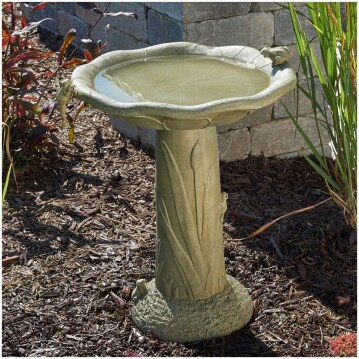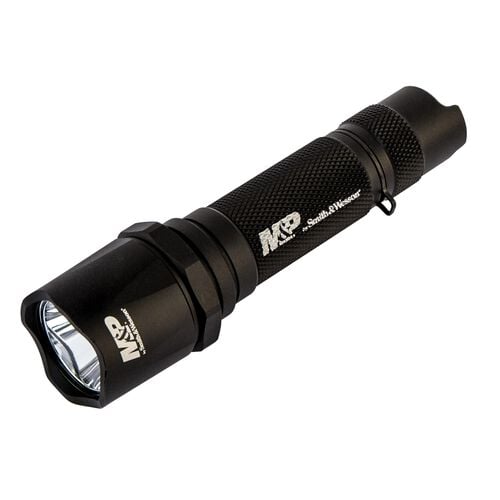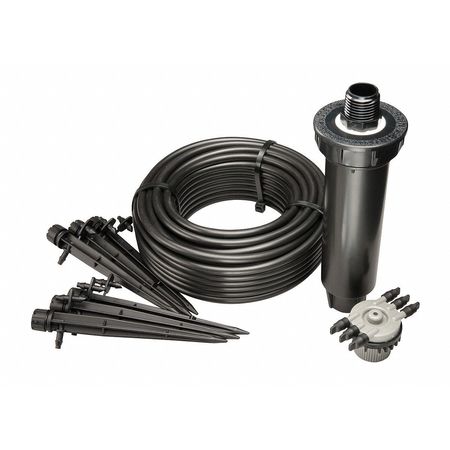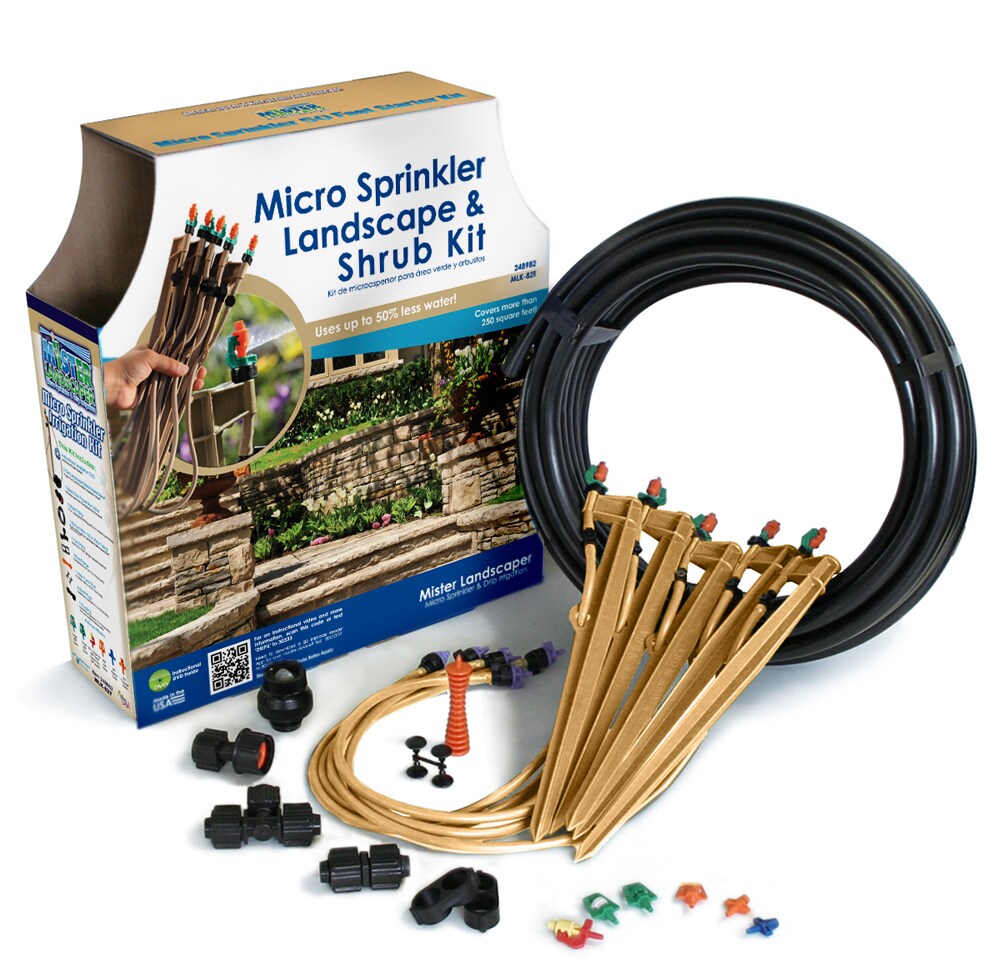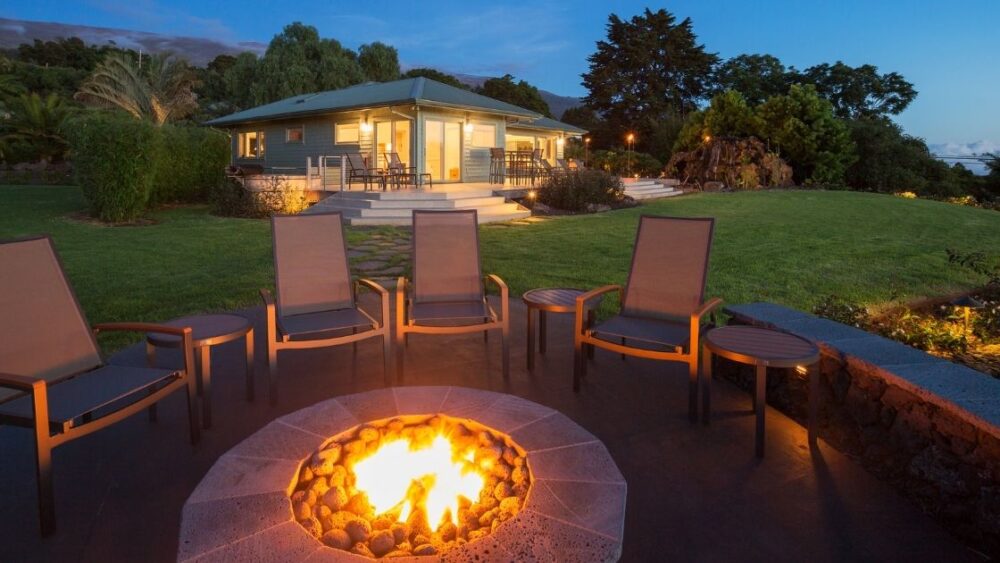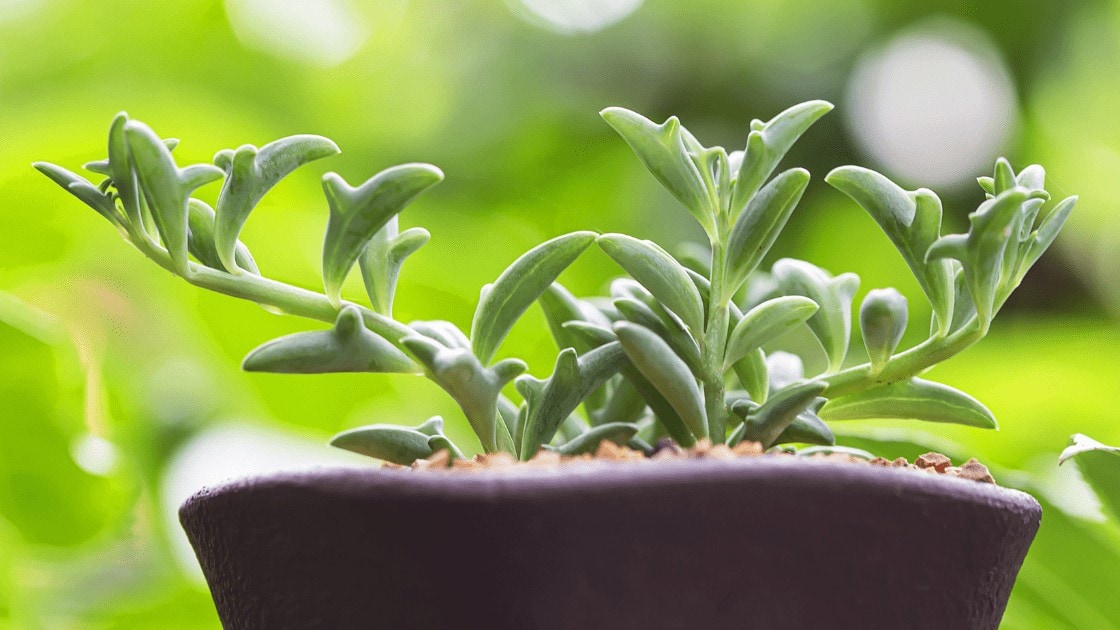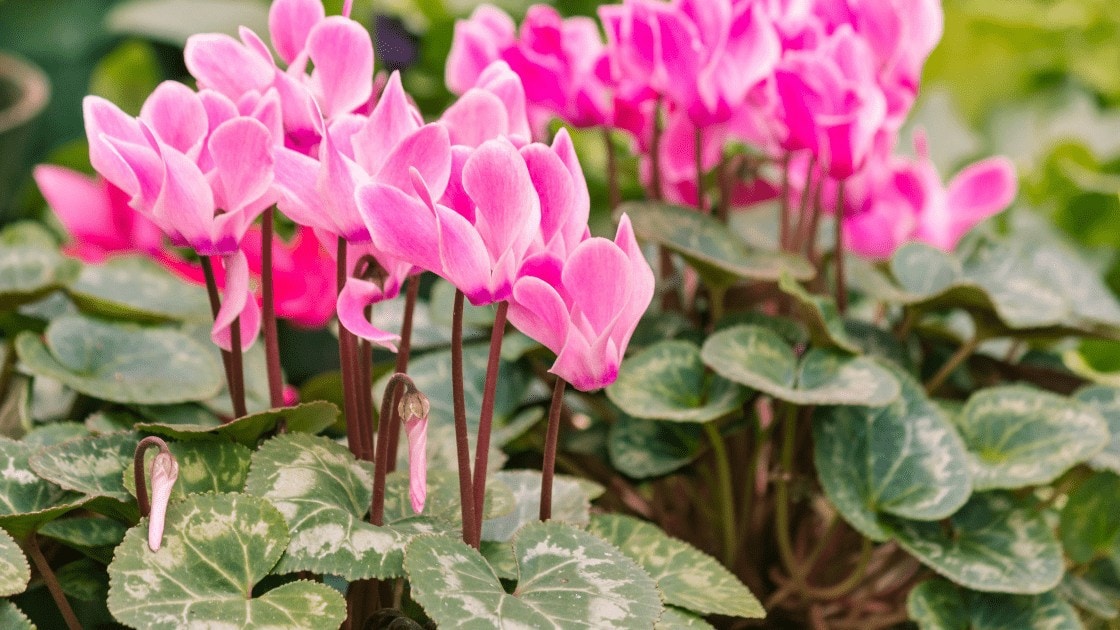
Succulents are low-maintenance and drought-resistant plants. But did you know that 93% of succulent die-off’s are caused by over-watering? I bet you didn’t. That’s why drip irrigation systems for succulents were developed to avoid over-watering cases.
So the big question is, “How effective is drip irrigation on succulents?”. Read up and figure out if these drips systems are beneficial and which type suits your needs.
What Are Drip Irrigation Systems?
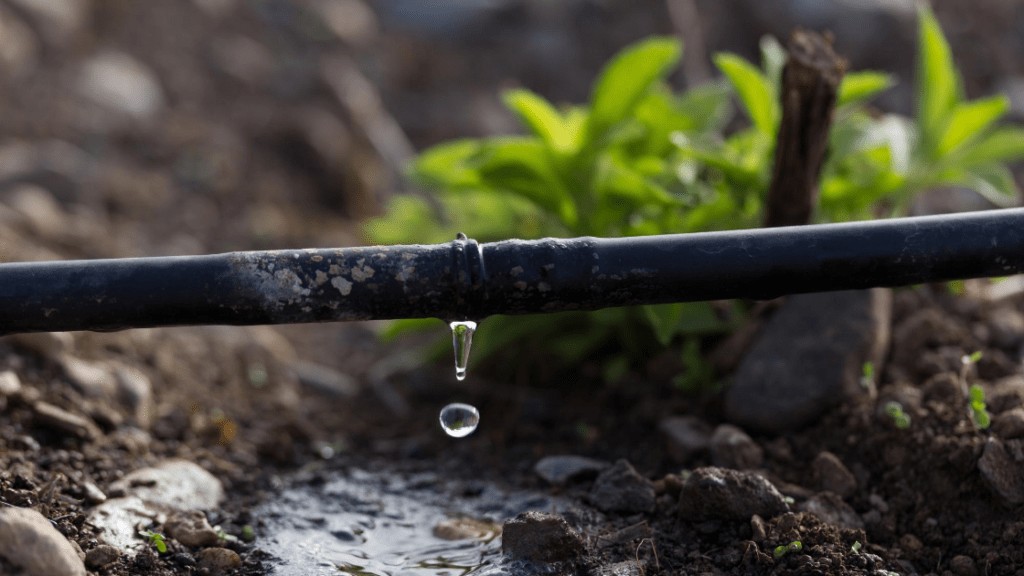
The drip irrigation system is a way to water plants directly to their root zone. This micro-irrigation system helps in conserving water consumption and minimizes evaporation. These systems can be installed above or below the soil surface using a network of pipes, valves, tubings, and emitters.
Browse our Affiliate Products
As compared to other irrigation sprinkler irrigation and surface irrigation, drip irrigation can help save a significant amount of water. It may be economical in water use, but the nutrients and water supply guaranteed to be abundant and well-controlled. [1]
Drip irrigations have equal, steady, and accurate water distribution to the roots of plants. That is why there is no wasted water that could evaporate in hot areas, and there are no watermarks on the leaves. This is primarily prescribed for succulents because watermarks on its leaf surface are displeasing to the eye.
If you like what you’re reading so far, and think this might work best for your garden, let us find out its pros and cons. You need to know if this is a worthy investment by becoming aware of its advantages and disadvantages.
Pros Of Drip Irrigation
- Accurate and steady water distribution
- Water goes directly to the root system of the plants
- Water conservation
- Minimizes water evaporation
- Best for all types of landscaping design
- Reduced risk for soil erosion
- Reduced leaching
- Little or no groundwater contamination
- Best for Xeriscaping and sustainable gardening
- Helps in minimizing nutrient loss
- Proven positive effects on yield development and seed germination
- Field leveling is not needed
- Suitable for uneven garden surfaces
- Long-term and little to no maintenance usage
- Energy-efficient as compared to other irrigation systems
- Operates on a low-pressure water system
- Reduced weed growth (since the water and nutrients only directly feed the desired cultivated plant)
For excellent professional products pertaining to drip irrigation, check out rainbird.com’s line of products by click here: Starter & Retrofit Kits
Cons Of Drip Irrigation
- If the pipes are installed above the soil surface, it is prone to damage and may need replacement at times.
- High cost on initial set-up
- Water filters and pipe system needs regular flushing
- Irrigation meters are prone to dysfunction and clogging
Now that you’re aware of the pros and cons of using a drip irrigation system, this gives you a clearer picture of what you’re in for. Just by looking at the list, its perks certainly outweigh the disadvantages. So if you wanted to know if this works well for your beloved succulents, this next information would certainly answer your questions.
Is Drip Irrigation Effective on Succulents?
Before we can answer this question, we must get to know the key tips in taking care of succulents. There are over 100 types of succulent available, and regardless if you have planted succulents on your garden or potted indoors, generally, succulents have the same rules of care.
- Sun Exposure
- Observe for Leaning
- Proper Drainage
- Use the Right Soil
- Keep it Clean:
- Watering Instructions
- Water Demand during Spring and Summer:
Do Different Succulents Need More Water Than Others?
The general rule of thumb of succulents is they do not like many amounts of water. But there are different types of succulents, and one may differ from the other when it comes to watering needs.
So how do you know a succulent’s water demands or often it needs to be watered?
- Planted
- Potted
For more information on drip irrigation, click here:
- Drip Irrigation: Pros, Cons, and Garden Uses.
- Sprinkler Heads Always breaking? (Here’s 4 reasons why)
What Are the Benefits of Using Drip Lines on Succulents vs. Sprinklers?
The traditional watering system that everybody got used to is with the use of sprinklers. For grass, yes, it’s the best option, but for succulents, it’s a big NO. The bottom line is, drip lines are more beneficial for succulents as compared to sprinklers.
As mentioned earlier, watering succulents require soaking of the soil, not its leaf. With sprinklers, its concept is to provide water the visible part of the plant, uncertain if it can reach the soil. In most cases, you tend to consume too much water when using sprinklers, but the goal of soaking the soil can’t even be reached.
Another disadvantage of using sprinklers for succulents is it may contribute to the change of humidity around the plant. This brings a negative impact on the plant as it may cause rotting. The water that lands on the lead may evaporate and contribute to the change of humidity around the plant.
Lastly, the water produced by sprinklers may leave a watermark on the leaf of the succulent. This will make it prone to collecting dust and will be unpleasant to look at.
That is why drip irrigation systems are highly recommended for watering succulents. It is beneficial for soaking the soil. It waters the roots of the succulent directly. It won’t cause any humidity change around the plant, it won’t leave any watermarks, and most importantly, you get to conserve water.
So, if you plan on having a xeriscape or dry landscaping with succulents planted on it, the use of drip irrigation systems can benefit you the most.
You can read more about xeriscape and dryscape by clicking here.
Indoor Drip Systems vs. Outdoor Drip System
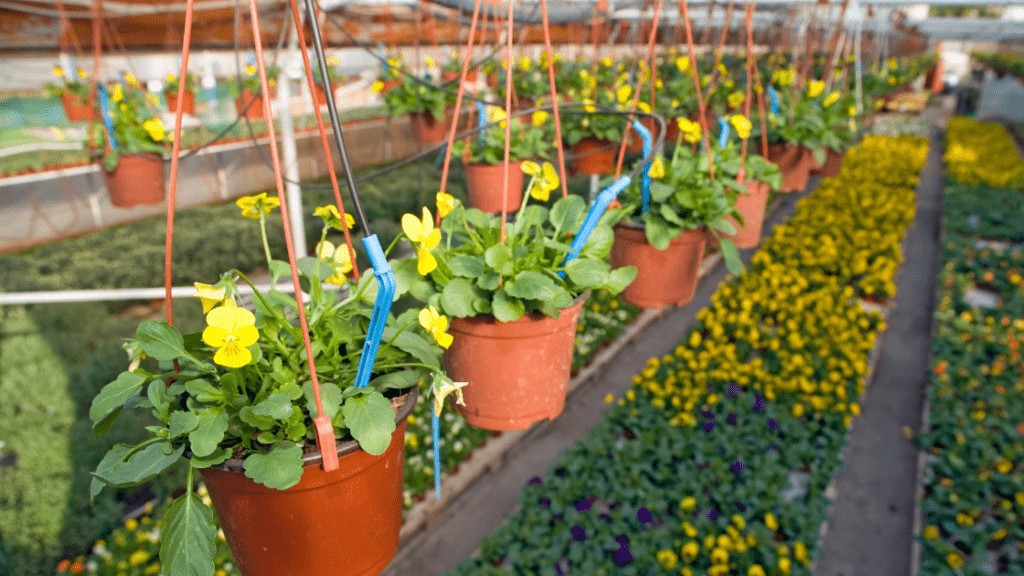
Indoor drip systems usually include several drip heads, a mounting bracket, pump, timer, spikes, flexible tubings, and pressure regulator. Being able to spike the drip heads directly to the soil of the potted plant is easy and can be adjusted anytime.
Indoor Drip Systems
You may set the timer on the frequency and duration of watering, and it can pull water from the container you prefer to avoid overwatering.
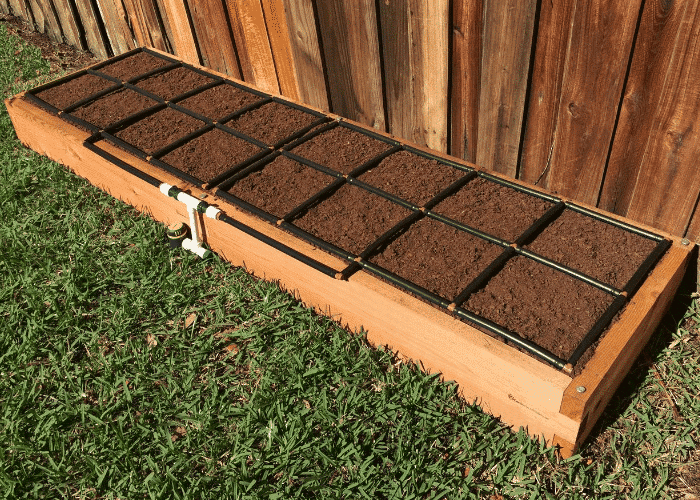
Gardening Simplified
from: Garden In Minutes®
Outdoor Drip Systems
Outdoor irrigation systems have a more complex arrangement and installation. You need an existing sprinkler system installed and have a tubing placed near the plant beds. Then you need to attach the distribution tubings (or other people would call it are spaghetti tubings) to be placed on beneath the soil surface.
The use of outdoor drip systems is somehow meticulous because you have to move the position of the emitters and distribution tubings as plants grow in size. It, too, has timers and pressure regulators, but the installation process is a bit more complicated.
Or you can purchase an outdoor drip system that connects directly to your outdoor water spigot or hose. The only draw back is that you have to manually turn it on, or assemble a spigot that has two spouts and place a timer on one side while shutting off the other. This is readily available at any home and garden supply stores.
Which Is More Effective?
So which is more effective on succulents? Indoor drip systems or outdoor drip systems? Well, it depends on many factors.
No doubt, indoor drip systems are easier to manage and install. Indoor drip systems can be bought online or from hardware stores and can be installed easily. Since these are placed in indoor potted succulents, it’s easier to see if there any kinks, leaks or if the spikes need to be rearranged. For its efficiency for indoor plants, you’d be happy to know that you’ll be satisfied with its efficiency with potted succulents.
As for the outdoor drip system, its efficiency will require long-term maintenance and patience. You have to check from time to time if there are leaks since the pipe’s integrity may get damaged since it has direct exposure to the sun. You also need to check if the distribution tubings are planted and directed to the plant properly since there are cases of soil erosion (even with succulents) and the plant getting bigger in size.
If you have installed an outdoor drip system by yourself and might not work for you, then you must search for underlying reasons that it may not work. However, it is best suggested to avail of the services of professional installers to make sure that it’s effective for your succulents all the way.
Does Weather Play a Role on Effectiveness?
Indoor Drip Systems: Since it is installed indoors and does not have direct exposure with the outside world, the weather does not directly play a role in its effectiveness and may work well with your succulents.
Outdoor Drip Systems: Yes, the weather does play a role in the effectiveness of outdoor drip irrigation systems. During summer, when there’s too much sun exposure, the ultraviolet rays may damage the tubings and cause deformities. This may release water to the wrong places, but it cannot provide water to the target places.
During winter, the main problems that could affect outdoor drip systems’ effectiveness are freezes and ice formation inside the tubing, which can lead to breakage. During spring, if you are unable to check up on these things, it can affect its efficiency for succulents too.
Long Term Cost vs. Short Term?
For outdoor drip systems, it may be pricey on its initial installation, but in the long run, it will help save money through water conservation and, of course, your efforts. This also considers not experiencing over-watering of plants that may cause their death, and you need to repurchase a new plant. As long as the tubings are well-maintained, the long term cost is significant.
Things to Know About Installation
Drip irrigation works perfectly for flat surfaces. But do not fret if you have uneven landscapes that need watering because there are special drip emitters that can help in equalizing water distribution in uneven surfaces. For this, professional installers need to calibrate the system so it can work properly.
As mentioned earlier, drip irrigation systems can be placed below or above the soil surface. Which one is better? For drip irrigations installed on top of the soil surface, it is visible and may destroy the beauty of the landscape. On top of that, it has direct exposure to the sun, and the pipes may easily breakdown.
As for drip irrigation systems buried below the soil surface, it’s not directly exposed to the sunlight; thus, its pipes can last longer. You may hide it a few inches under mulch so it won’t affect your garden’s beauty, plus it has more direct watering to the roots of the plant.
The installation of an indoor drip system is secure and can be done by yourself. Just simply spike the heads into the potted plants, set up the pressure gauge and attach to the water source, then you’re good to go.
For the outdoor drip system, you will be needing emitters, the main pipeline, distribution tubings, and have to place it on the roots of the plant strategically. If your landscape is flat, this would be easy, but for uneven surfaces, there will be a struggle with the installation. That is why it is suggested to acquire the services of professional installers for the outdoor drip system. [3]
Final Thoughts
So if you’re in the process of setting up your low-maintenance landscaping with succulents, then it’s time to consider installing drip irrigation systems. It is guaranteed to help significantly with prolonging life and taking care of the succulents while conserving water and be environmentally friendly.
References:
[1] https://en.wikipedia.org/wiki/Drip_irrigation
[2] https://www.homeadvisor.com/cost/lawn-and-garden/drip-irrigation-system/#pros-cons
[3] https://www.diynetwork.com/how-to/outdoors/landscaping/how-to-install-a-drip-irrigation-system



